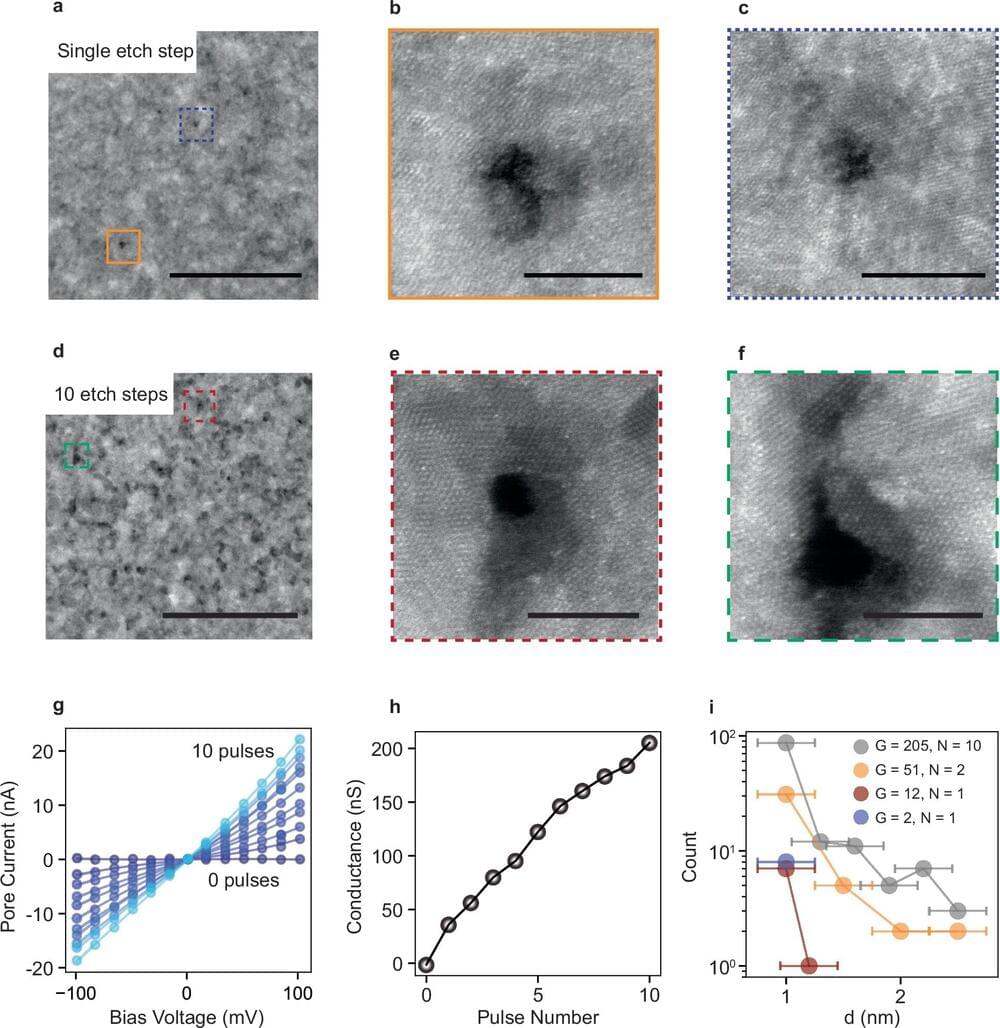Oct 4, 2024
These physicists say they know what’s inside a black hole
Posted by Dan Breeden in categories: cosmology, open access, quantum physics
I have my own introduction quantum mechanics course that you can check out on Brilliant! First 30 days are free and 20% off the annual premium subscription when you use our link ➜ https://brilliant.org/sabine.
Physicists are obsessed with black holes, but we still don’t know what’s going on inside of them. One idea is that black holes do not truly exist, but instead they are big quantum objects that have been called fuzzballs or frozen stars. This idea has a big problem. Let’s take a look.
Continue reading “These physicists say they know what’s inside a black hole” »


















